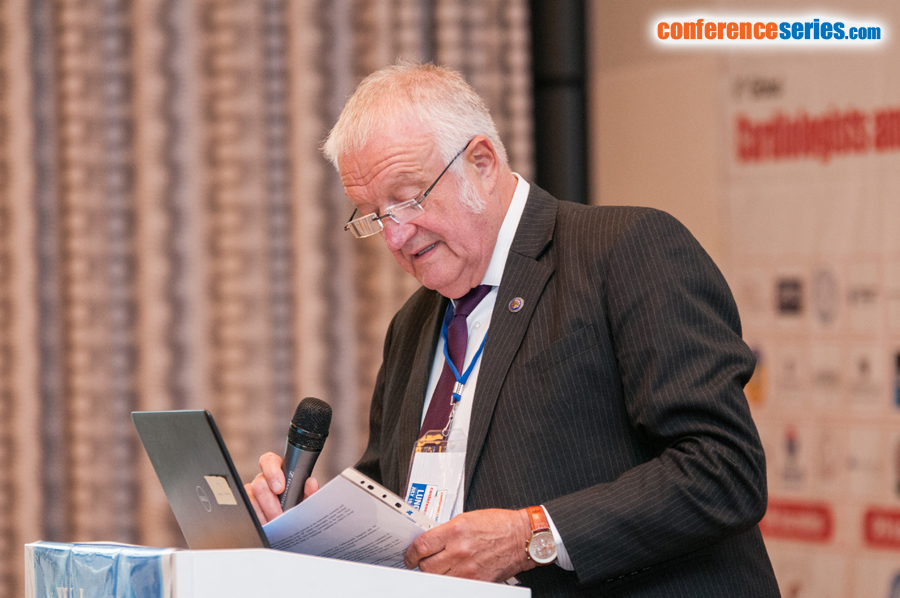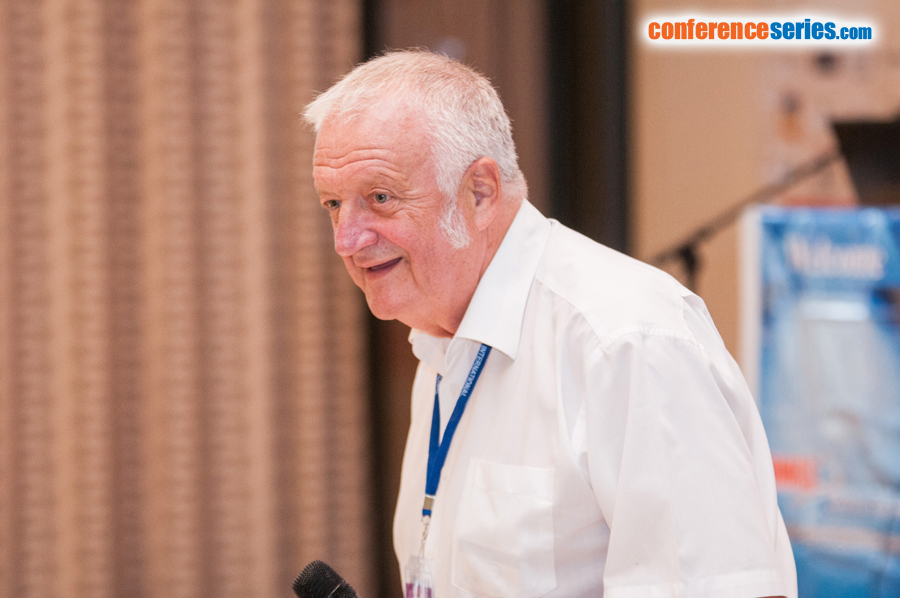
Aris Lacis
University Children Hospital, Latvia
Title: Which type of stem cells and what method for implantation should be preferred in pediatric cardiology
Biography
Biography: Aris Lacis
Abstract
Context: On a global level, stem cell research has been a major challenge during the last decade. There have been achieved positive results in experimental studies on animals and there have been identified several conditions in adult population where bone marrow derived progenitor stem cell transplantation (BMPSCT) may play a crucial role. Though, little is known about possible implementation of the BMPSCT in pediatrics, dilated cardio-myopathy and pulmonary arterial hypertension in particular. There are uncertainties around the destiny of stem cells after their injection into the blood stream. In particular, it regards migration and homing of implanted cells in the target tissues. As yet unclear is the possible role of sympathetic nervous system in the context of osteo-reflexotherapy. There is still no definitive answer to the question on which is the preferred type of stem cells to be use for transplantation in different settings. Objective: To determine the role of BMPSCT in management of critically ill pediatric patients followed by assessment of safety and efficacy of the procedure. Design, Settings, Participants: Two patients (9 and 15 years old) with trisomy 21 and severe pulmonary arterial hypertension due to uncorrected large ventricular septal defects were been admitted to our department to receive intrapulmonary BMPSCT procedure. Both patients underwent radionuclide scintigraphy before the procedure, followed by repeated scans 6, 12, 24 and 36 months after BMPSCT. Latest results show improvement of lungs vascularization. Seven patients (4 months – 17 years) with dilated idiopathic cardio-myopathy were admitted for intra-myocardial BMPSCT procedure. All patients underwent repeated clinical examination every two months, up to 6 years after cell transplantation. We observed improvement of left ventricular ejection fraction, decrease of left ventricular end diastolic dimension by echocardiography and cardio-thoracic index at chest X-ray exams, reduction of serum brain natriuretic peptide serum levels and decrease of the stage of heart failure from stage IV to stage I, by NYHA classification. No peri-procedural harmful side effects were observed. Conclusions: The results are promising and we suggest that BMPSCT might be used for the stabilization of the patient to get the time for further symptomatic treatment or serve as a bridge for heart or lung transplantation.




